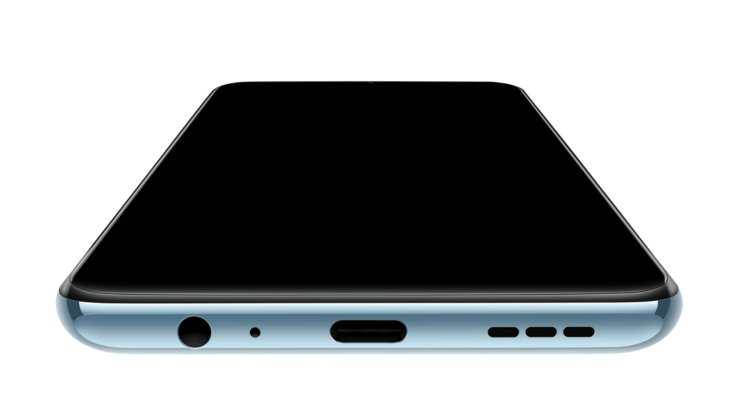5G MUST EXPAND TO 6 GHz: If it doesn't happen the network could be jeopardized globally
The GSMA said that the 5G network could be jeopardized if it doesn't expand on the 6GHz.

The GSMA, along with Ericsson, Huawei, Nokia, and ZTE, said in detail the importance of the 6 GHz frequency for 5G networks whose future could be jeopardized globally if governments do not agree to license the 6 GHz frequency.
“Achieving the full speed and capabilities of the 5G network depends on access to the mid-range spectrum and the 6 GHz frequency. Despite that, the attitudes of the governments differ ", they point out in the GSMA.
The association says that China will use all 1,200 MHz in the 6 GHz band for the 5G network. Europe has split the band, with the top being considered for 5G and the new 500 MHz that will be available for the Wi-Fi network.
On the other hand, the extremes are the United States and most of Latin America, which have decided that these valuable resources will not be available for the 5G network but will be offered for the use of Wi-Fi and other unlicensed technologies.
"The 5G network has the potential to increase world GDP by 2.2 trillion dollars. However, there is a threat to this growth if the 6 GHz frequency is not available for the 5G network. Clarity and security are essential to encourage massive, long-term investment in this critical infrastructure,” said John Giusti, CEO of GSMA.
A frequency of 6 GHz is necessary, not only for telecom operators who could thus provide a stable and accessible network thus achieving social inclusion, but also because it enables faster internet as well as the capacities necessary for smart cities, transport, and factories. It is estimated that the 5G network will need 2GHz of medium frequency spectrum over the next decade to reach its full potential.
5G accelerates the digital transformation of all industries and sectors, unleashing new waves of innovation that will benefit billions of people. This technology is very important for achieving the goals related to environmental protection and climate change because connectivity replaces carbon.
However, "in order to get closer to each user", as the representatives from the GSMA say, "the industry will need additional capacity offered by the frequency of 6 GHz".
Therefore, the GSMA calls on governments to:
-between 6425 and 7125 MHz make available for use of the licensed 5G network
-provide and protect backhaul networks
-depending on the needs of the countries, for official use and optical internet, the lower half of the 6 GHz frequency should be from 5925 to 6425 MHz, which could be enabled on the basis of license exemptions with technology-neutral rules.
The World Radiocommunication Conference in 2023 will provide an opportunity to harmonize the 6 GHz worldwide and help develop ecosystems.
About the GSM Association
The GSMA represents the interests of mobile operators worldwide, bringing together more than 750 operators from nearly 400 companies in the mobile ecosystem, including phone and device manufacturers, software companies, equipment suppliers, and Internet companies, as well as organizations from neighboring industries with which it shares a commitment to sustainable development and economic growth.
By: Deya - Gossip Whispers





























